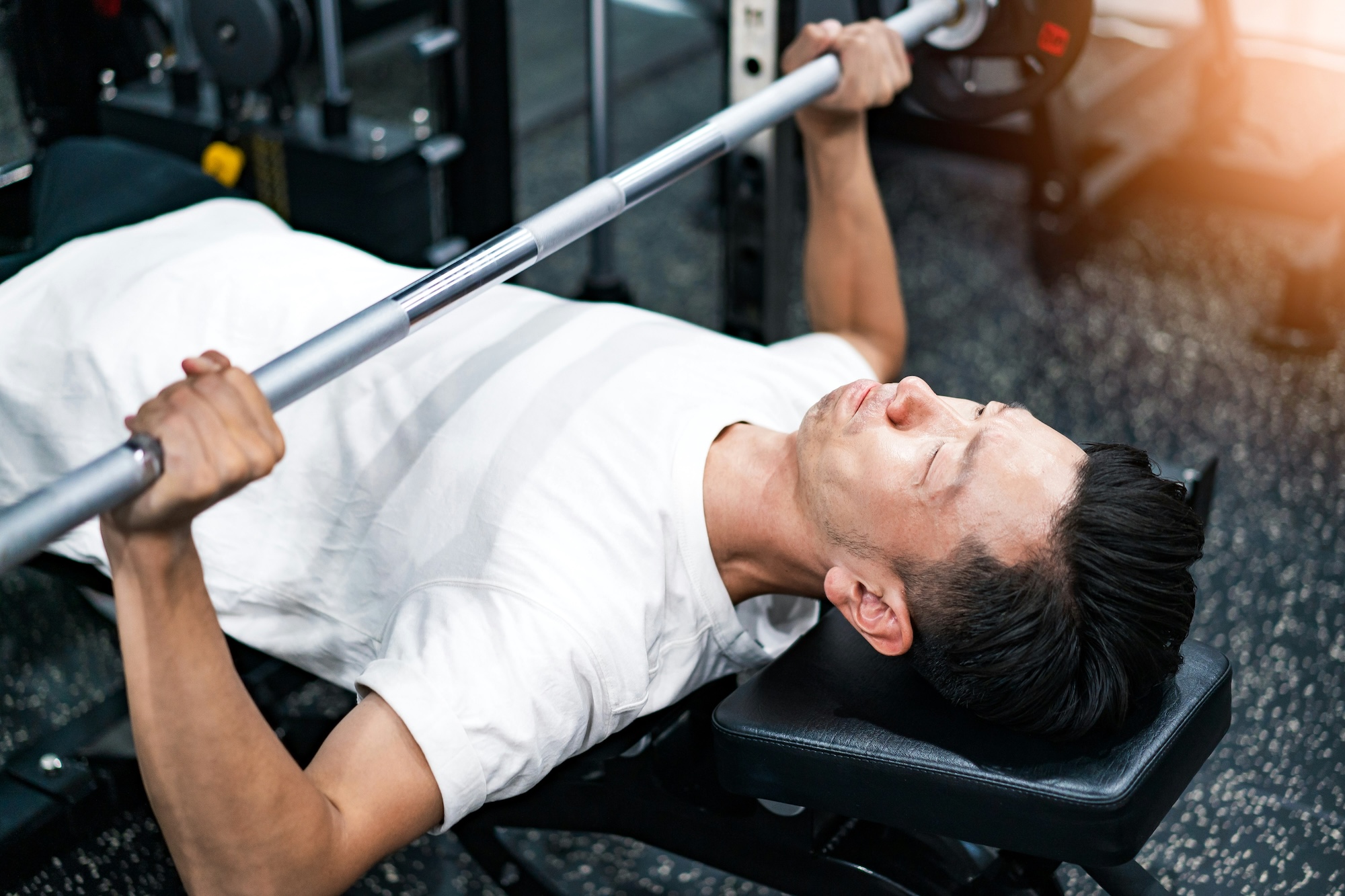Are you more of a fitness walker than a runner? Here are a few tips to help you find the perfect pair of walking shoes
Photo by Malik Skydsgaard/Unsplash
Let’s face it. Not everyone is born to run.
However, barring any medical conditions since birth, we are born to walk. And with more and more people realizing the health benefits of moderate exercise, walking for fitness or brisk walking has become a popular choice for individuals who are just getting started on their athletic journey. It’s probably one of the simplest and most convenient ways to incorporate exercise every day. And it requires minimal investment, too—just a good pair of shoes and a sweat-wicking outfit and you’re good to go.
If the walking shoe fits
One of the most important considerations for walking shoes (or any shoe for that matter) is fit. You need to find a pair that will support your fitness goals and enable you to take more steps and log in more miles. If you need professional assistance in figuring out what suits your anatomical needs, go where serious runners go.
Find a reputable athletic shoe store in your area, ideally with sales staff who are runners or walkers, so they know exactly what they’re talking about. Athletic shoe shops that offer foot and gait analysis or at least have a treadmill in store and allow you to actually walk in the shoes for a couple of minutes, is a good place to start.
Walking and running shoes are not created equal
While some running shoes can be used for walking, it’s important to know that each type of shoe addresses how a person moves during a specific activity. In a nutshell, walkers are heel-strikers while runners mostly land on their mid-foot. This creates a greater need for running shoes to have a built-up heel to soften the impact on the ground, which are also flared for stability.
Walking shoes need neither of these features. But when it comes to the issue of forefoot flexion, walking shoes must be flexible in the forefoot in order to reduce resistance when the foot rolls during each step. A stiff construction of the shoe’s forefoot will not only restrict movement and lead to a heavier gait but it can also cause shin splints.
Three-way test
Once you’ve found your friendly neighborhood shoe store, browse their walking shoes selection or ask the store personnel for recommendations. But before you commit to a pair, put it through a quality test and ask yourself these questions:
- How high is the heel compared to the sole under the ball of the foot? Also known as the heel drop, this should be no more than an inch for walking shoes, and should not be flared.
- How flexible is it? When you grip the shoe with your hands, it should not only twist latitudinally but it should also bend at the ball of the foot, not in the middle of the arch.
- Is the toe slightly lifted? The answer should be “yes” for a well-designed shoe and it should rock a little when you poke the toe.
Got flat feet?
Overpronation is a common problem in people with flat feet or fallen arches, where the ankle rolls excessively downward and inward with each step and continues to roll when the toes should be starting to push off. This puts too much weight on the big toe and second toe and the foot twists more, which makes the foot unstable.
Heavier individuals and those with a weak knee or hip can suffer from this as well. If this is a concern for you, investing in motion control shoes may help address this issue as well as treat or prevent injuries associated with this foot type. These shoes tend to be much heavier and provide firmer support to help balance your gait when walking. For severe overpronators, you may need to have the shoes and/or orthotic insoles customized by a qualified podiatrist in order to provide the needed support for your specific needs.
Function over fashion
Who doesn’t want to look good while working out? Anything for Instagram, right? Wrong. If you’re serious about getting fit, you don’t need to buy the latest “it” shoe with the most likes on social media, unless it works for both your feet and your budget. At the end of the day, if your goal is to increase your daily step count or walking mileage, find a shoe that supports your journey to wellness and sparks joy with each step.
Have some training-related questions, feedback, or suggestions for future articles? Please feel free to drop me a note in the comments section below or on any of our social media platforms. You can also e-mail me directly at [email protected]. Happy walking!











































